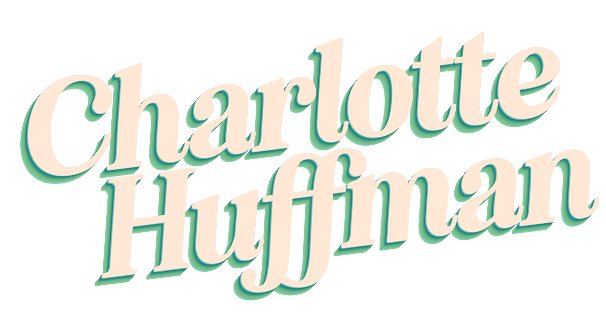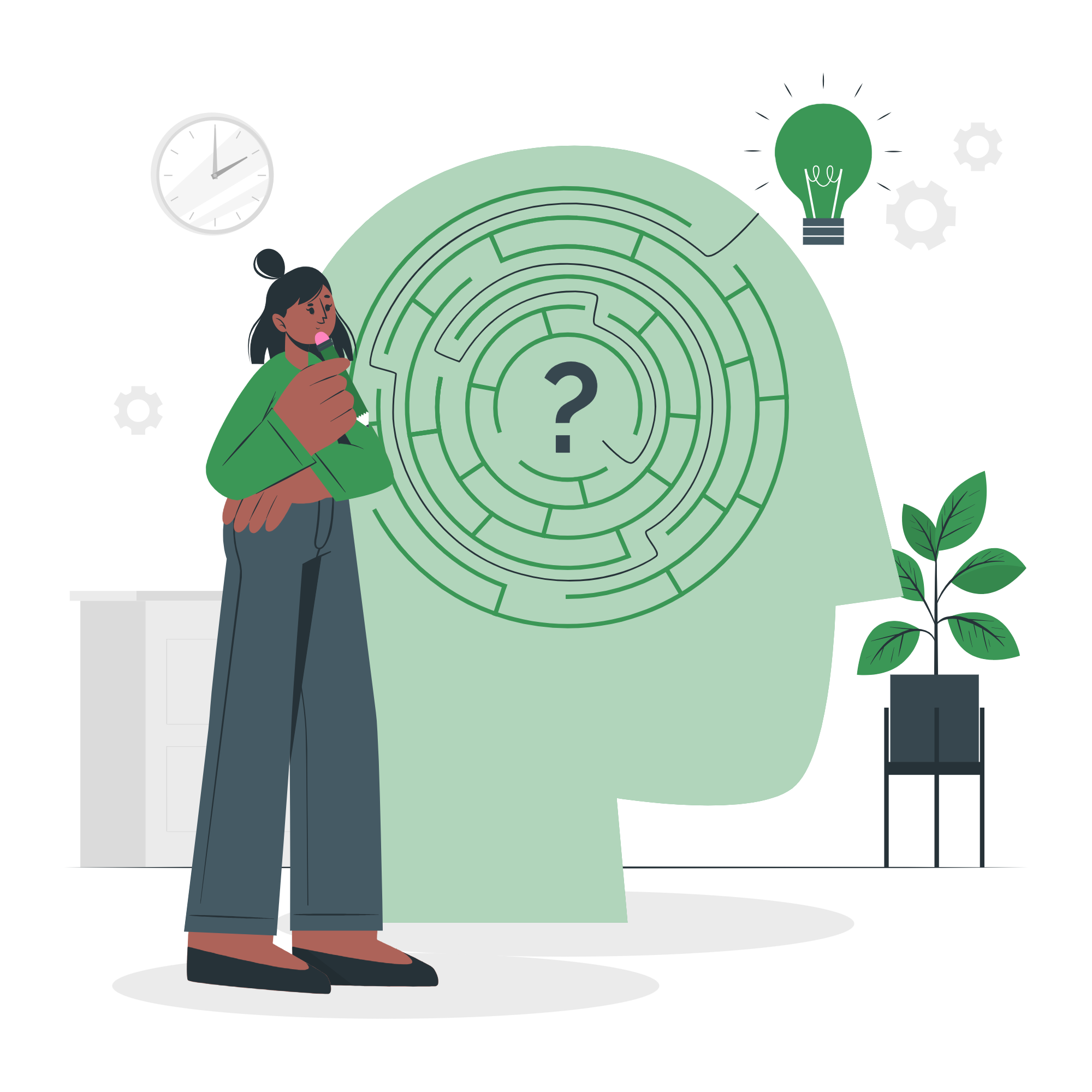Some Skills Are Evergreen
Illustrations: Storyset by Freepik
Designing for growth, agency, and inclusion—no matter what.
When I shifted from in-person youth work to designing e-learning for adults, I worried that I’d have to leave my years of experience behind. But I’ve learned the opposite: the years I spent working with young people make me strong at what I do now. Those experiences don’t hold me back. They give me an edge.
Here’s what I carry with me from youth work into adult learning—and why I think we need more of it.
Designing for all learners.
Supporting diverse learners was a core part of my work with young people. Universal Design for Learning (UDL) is the theory that learning barriers are most often created in the design of the learning experience, not by the differences or needs of the learners themselves. UDL suggests proactively designing learning experiences that are inclusive and accessible to all learners.
It’s not surprising to me that the skills ensuring learning is accessible are just as relevant with adults as they were with young people. Growing up doesn’t mean we all grow into learning the same way or having the same needs.
In youth work, I learned that the best thing I could do to support all my students was to offer multiple ways to access information, engage with it, and demonstrate learning. That’s just as true for adults. Whether I’m designing a course or building out a scenario, I want the widest possible range of people to be able to access, engage with, and learn from my work.
Everyone learns better when they have agency.
Young people don’t thrive in rigid, top-down environments, and neither do adults. One of the clearest throughlines between my work with youth and adults is the importance of learner agency.
Illustrations: Storyset by Freepik
People learn better when they get to make decisions, when they can follow their curiosity, and when they understand why something matters in the real world. That’s why my approach to e-learning always includes real-life application, choice points, and opportunities for practice. I want learners to see themselves in the material and make meaning on their own terms.
Growth mindset isn’t just for kids.
In youth work, we talk a lot about helping young people build confidence and resilience. But honestly? Adults need it just as much—if not more.
I can’t tell you how many times I’ve heard adults say, “I’m just bad at math” or “I can’t even draw a stick figure.” These are limiting beliefs they’ve carried for years, and they can be huge barriers to growth. One thing I’ve brought with me from youth work is the ability to help learners reframe these beliefs. I design learning experiences that normalize failure, encourage practice, and reward effort. Because adults deserve the same space to grow that we offer to kids.
I couldn't bring everything from youth work to adult learning, but what I did bring makes a difference.
For a while, I worried that my years of experience with young people would be seen as “less than” in the world of professional training and adult learning. But I’ve come to realize the opposite is true.
Working with youth sharpened every skill I now bring to adult learning: how to design with intention, how to create opportunities for choice and agency, how to support learners as they productively fail, and how to meet people where they are without lowering expectations. These are not beginner skills. They are leadership skills. And they’re exactly what today’s adult learners need.


